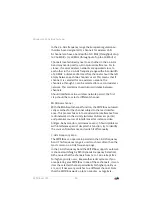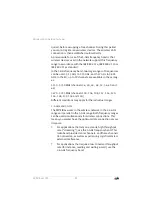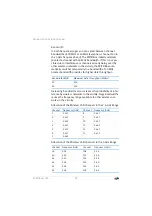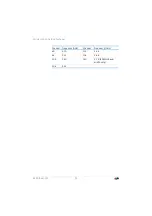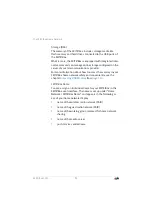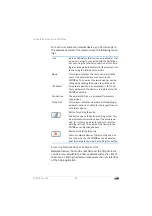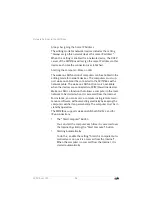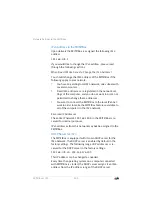
FRITZ!Box 3390
86
Wireless LAN—Getting Technical
IEEE 802.11b
With a maximum throughput rate of 11 Mbit/s, this is the old-
est wireless standard. Older wireless devices of the first gen-
eration can communicate with the FRITZ!Box using 802.11b.
However, if the wireless device supports newer standards
such as 802.11g, the latest standard should be used.
IEEE 802.11g
In this wireless LAN standard data are transmitted in the 2.4-
GHz range at a maximum gross throughput of 54 Mbit/s. This
standard is compatible with a wide range of wireless devices.
However, due to heavy use of the 2.4-GHz range, interference
is more common than in the less-used 5-GHz range.
IEEE 802.11n
This standard allows for high throughput rates and ranges.
The FRITZ!Box supports 802.11n in the 2.4-GHz frequency
band, and parallel in the 5-GHz frequency band. Modulation
processes and antenna techniques like MIMO (Multiple In-
put, Multiple Output) use whichever frequency band is avail-
able more effectively than the older standards.
Thanks to compatibility with the 802.11g standard, you can
also continue to use older wireless devices.
Setting the Right Standard in the FRITZ!Box
The throughput rate that can be achieved in your wireless LAN
radio network depends on the wireless LAN standards used by
the integrated devices. These wireless LAN standards must also
be set in the FRITZ!Box. Proceed as follows to check which wire-
less LAN standards are set and change them if needed:
1.
Open the FRITZ!Box user interface.
2.
Enable the advanced view.
The use of the 802.11n standard—and thus the availability
of higher throughput rates—is possible only if the wireless
LAN connection is secured using the WPA2 security mecha-
nism (AES-CCMP).
Содержание Fritz!Box 3390
Страница 142: ......
Страница 147: ...FRITZ Box 3390 147 ...
Страница 148: ...FRITZ Box 3390 148 ...
Страница 149: ...FRITZ Box 3390 149 ...



















